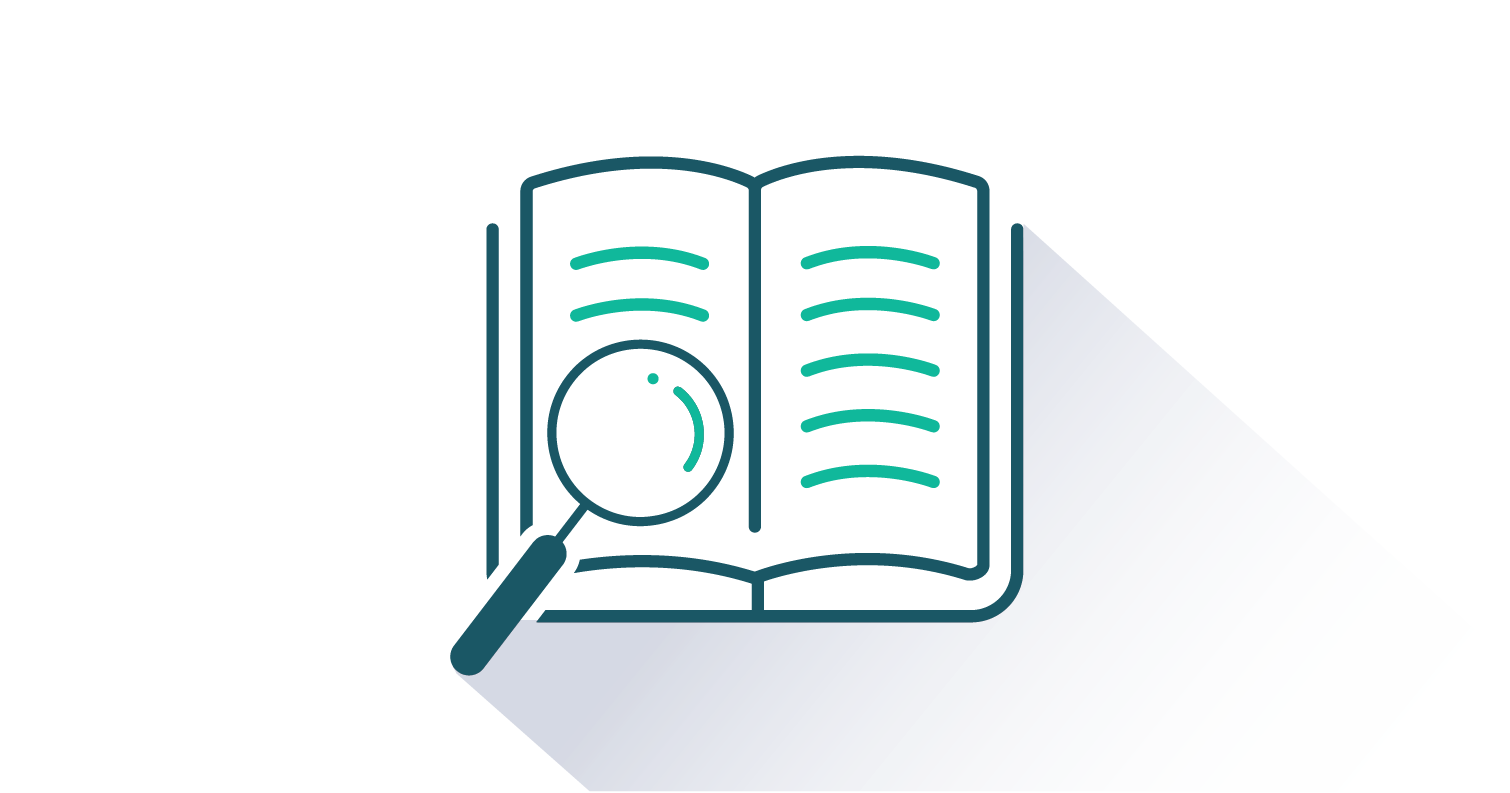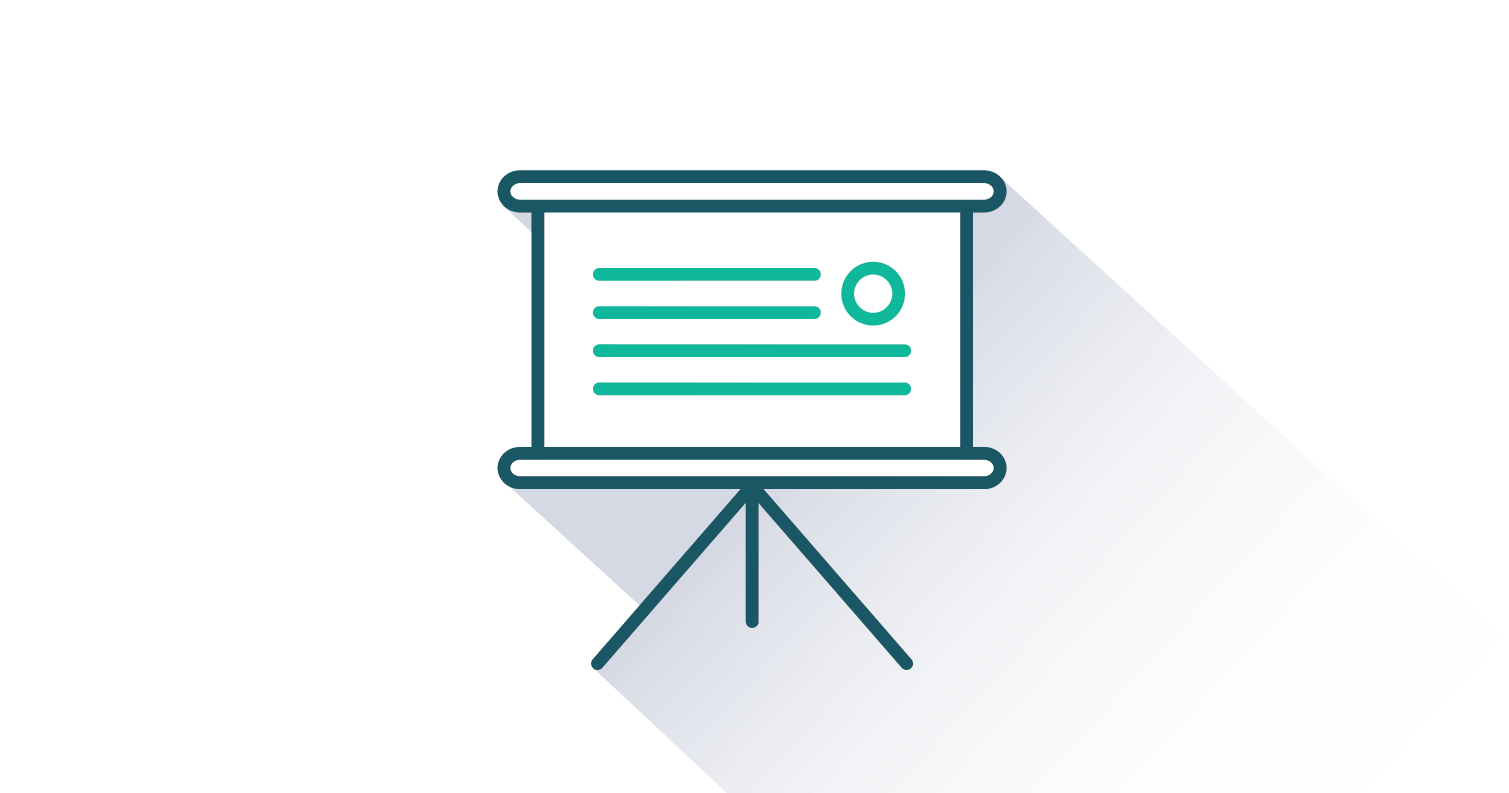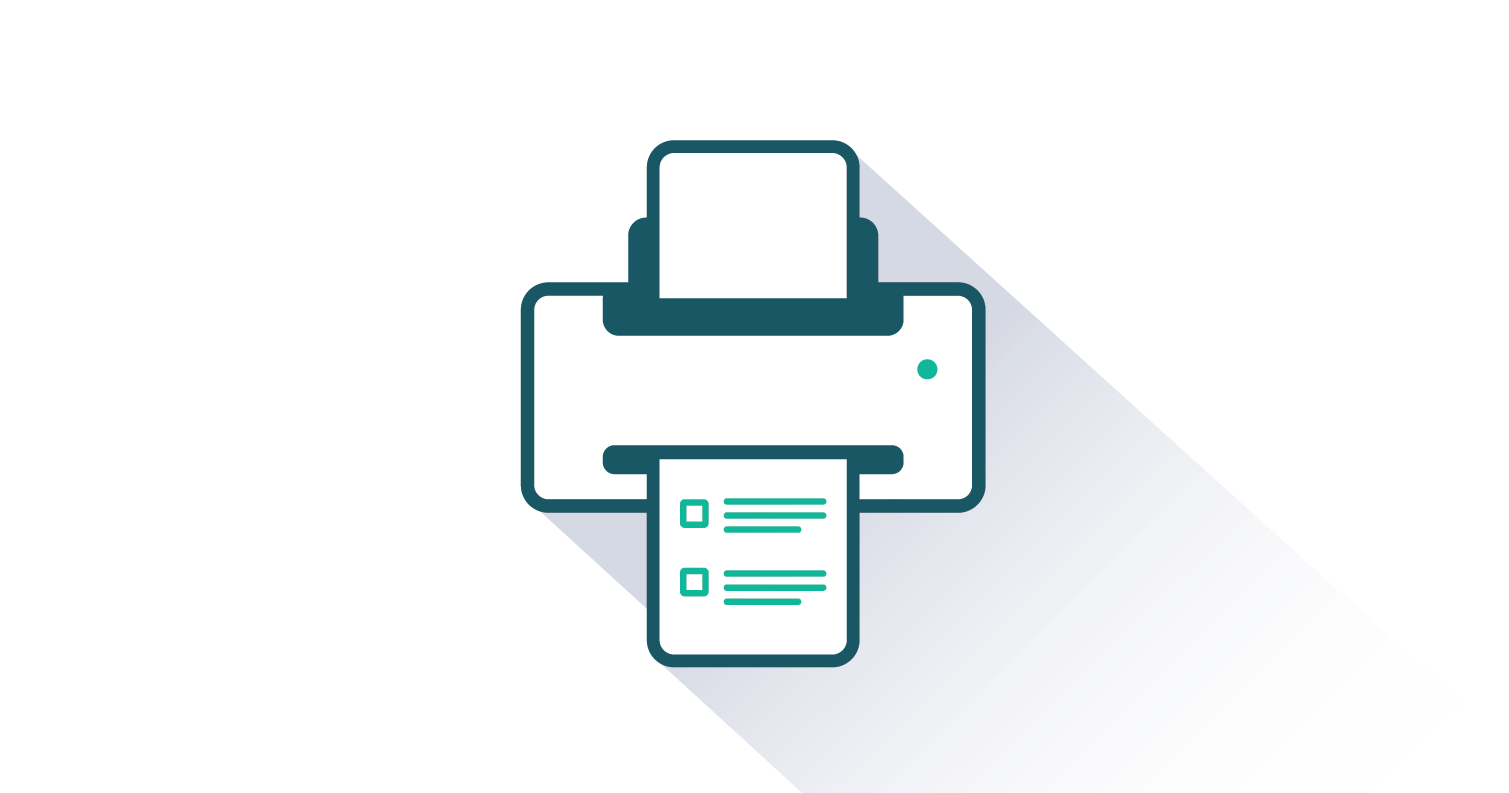- Published
- March 2011
- Page Count
- 484
- ISBN (Digital)
- 978-1-4533-2765-4
Introductory Chemistry
Version 1.0
By David W. Ball
Included Supplements
Key Features
Teaching Chemistry? Adopt this college textbook as is or personalize it online at Flat World. Change chapter titles, move content with ease, and delight in how much less your students pay. We publish peer-reviewed textbooks by expert authors. You make them perfect for your course.David W. Ball of Cleveland State University brings his new survey of general chemistry text Introductory Chemistry, to the market with a fresh theme that will be sure to hold student interest: "Chemistry is Everywhere." Introductory Chemistry is intended for a one-semester introductory or preparatory chemistry course. Throughout the chapters, David presents two features that reinforce the theme of the textbook, that chemistry is everywhere.
- About the Author
- Acknowledgments
- Dedication
- Preface
-
Chapter 1: What Is Chemistry?
-
Chapter 2: Measurements
-
Chapter 3: Atoms, Molecules, and Ions
-
Chapter 4: Chemical Reactions and Equations
-
Chapter 5: Stoichiometry and the Mole
-
Chapter 6: Gases
-
Chapter 7: Energy and Chemistry
-
Chapter 8: Electronic Structure
-
Chapter 9: Chemical Bonds
-
Chapter 10: Solids and Liquids
-
Chapter 11: Solutions
-
Chapter 12: Acids and Bases
-
Chapter 13: Chemical Equilibrium
-
Chapter 14: Oxidation and Reduction
-
Chapter 15: Nuclear Chemistry
-
Chapter 16: Organic Chemistry
-
Appendix A: Appendix: Periodic Table of the Elements

Instructor’s Manual
The Instructor’s Manual guides you through the main concepts of each chapter and important elements such as learning objectives, key terms, and key takeaways. Can include answers to chapter exercises, group activity suggestions, and discussion questions.

PowerPoint Lecture Notes
A PowerPoint presentation highlighting key learning objectives and the main concepts for each chapter are available for you to use in your classroom. You can either cut and paste sections or use the presentation as a whole.

Test Generator
Prefer printable tests? Download our test generator and start creating printable tests today! We offer a test generator for both PC and Mac users.

Test Bank Files for Import to Learning Management Systems
For your convenience, we've packaged our test items for easy import into Learning Management Systems like Blackboard, Brightspace/D2L, Canvas, Moodle, or Respondus.

Test Item File
Need assistance in supplementing your quizzes and tests? Our test-item files (in Word format) contain many multiple-choice, fill-in-the-blank, and short-answer questions.
At FlatWorld, we take pride in providing a range of high-quality supplements alongside our titles, to help instructors teach effectively. Supplements are available for instructors who have registered their adoption with us. If you need to review or preview something specific, please contact us.
Already registered? Sign in here.
